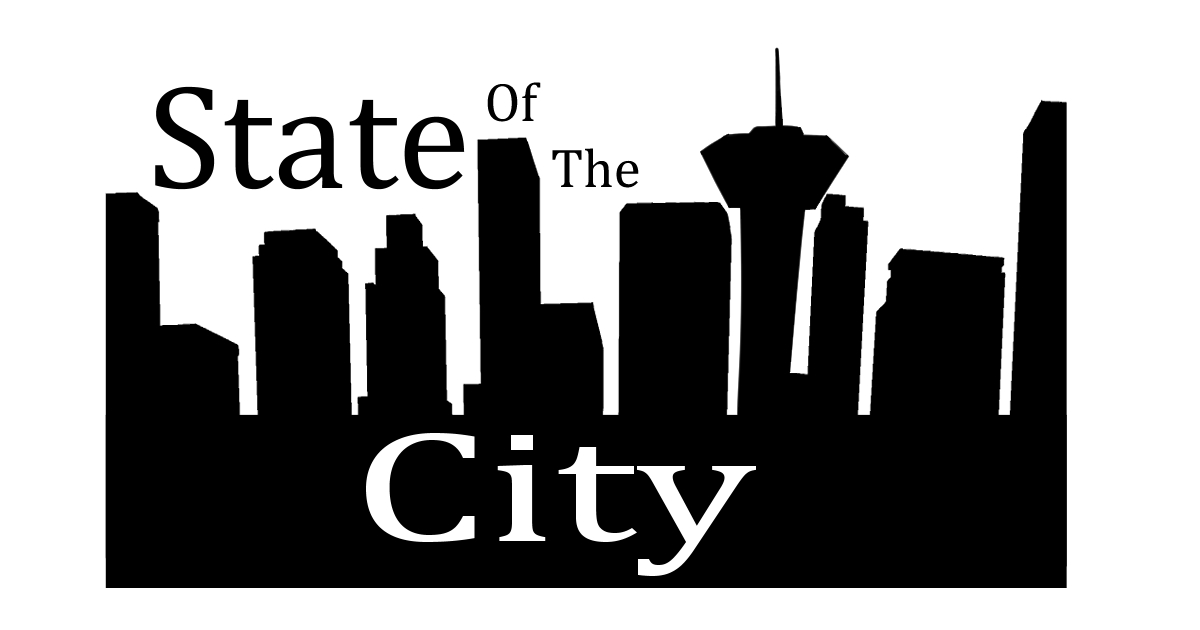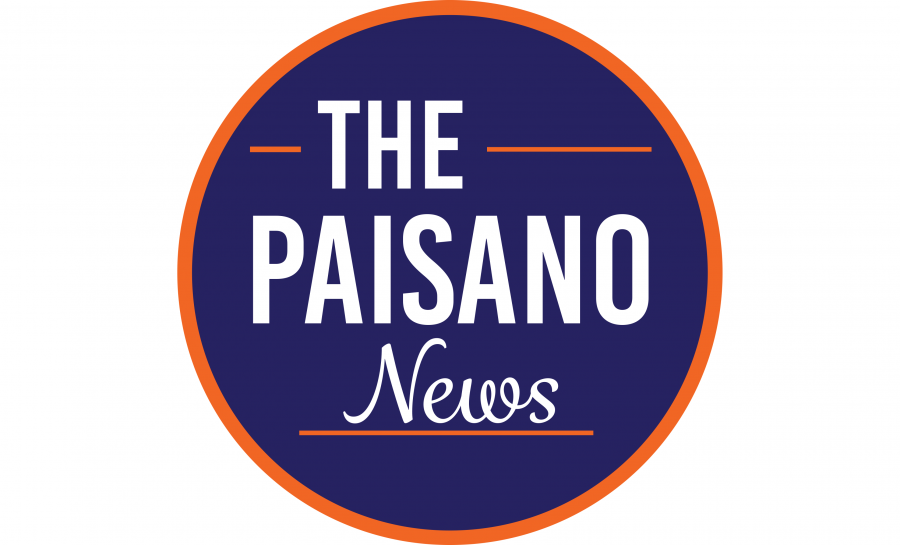Under Donald Trump’s presidency, the Department of Education has threatened to cut crucial funding to schools and universities that factor race into financial aid, admissions, hiring and other areas. On the surface, the recent crackdown on diversity, equity and inclusion initiatives seems like a good-faith attempt to address disparities, but DEI does not worsen disparities — it combats them.
DEI’s goal is to level the playing field for historically marginalized groups. Trump’s war on DEI frames the conversation solely on race when DEI initiatives were created for queer people, women and people with disabilities in addition to people of color. By centering DEI on race, Trump portrays DEI initiatives as discriminatory to white Americans — as if racial discrimination, such as redlining, discriminatory hiring practices and even mass incarceration, has never worked in favor of and propelled white America.
Clearly, Trump’s attack on DEI isolates students of color and frames DEI as a program that gives handouts based on one’s skin color instead of addressing the U.S.’s long history of racial discrimination.
DEI initiatives are not inherently harmful to students nor do they harm prospective white students; DEI benefits learners by fostering a transformative learning environment. Research has shown having a more diverse student body increases students’ GPAs and educational attainment for women; because diversity in a classroom spurs productive class conversations and debates, students can see the world through a different lens, challenging how they solve problems. When institutions prioritize diversity, they edify their students’ educational experience by giving them the ability to think critically and reflect on their values by learning from diverse experiences.
Trump seeks to uproot a core tenet of academics: Diversity is conducive to knowledge building. Now, colleges and schools are left to either defiantly uphold these principles for the sake of their students, thus halting needed funding for resources or banning DEI altogether, which sidelines and minimizes their most vulnerable students. DEI makes spaces — created for the privileged — accessible to the marginalized, and colleges should not be forced to compromise diversity for government aid.
The simple fact is, Trump’s war on DEI in education is a reflection of America’s antipathy for leveling the playing field — highlighting that those who exist in privilege perceive equality and equity as oppression.
America is only becoming more diverse — so educational institutions must reflect that diversity. For many students, education is a gateway to economically viable careers and avenues for success. By limiting DEI initiatives, which spur diversity, Trump is closing the door for the most vulnerable to reserve education for the most privileged.







